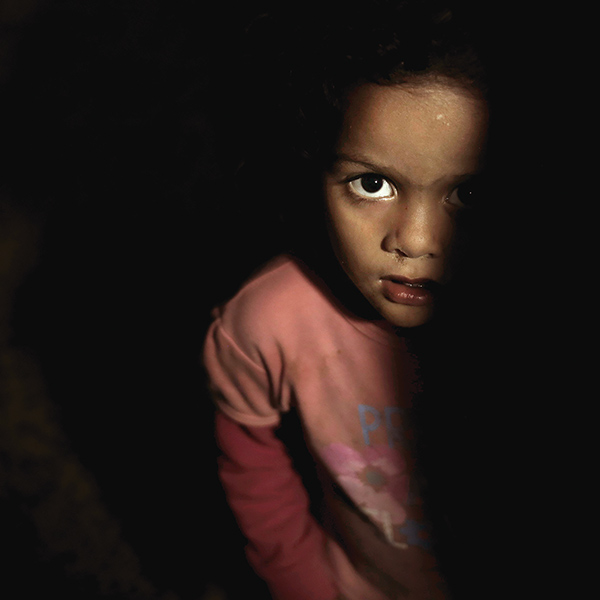The Good of School
On D. L. Mayfield’s “What’s the Good of a School?” Winter 2019: I agree with much that D. L. Mayfield has to say, with two important caveats: First, doing the best for others is not always synonymous with putting our children in a local public school. It need not be the case that every child in charter, private, or homeschool is subtracting resources from those in public school. Every local situation is going to be different; for example, concerned parents in Baltimore have been unable to hold back the initiative to arm school police despite intense advocacy. Not every “poorly rated” school is a lovable underdog in need of a few more concerned parents; some places really are so corrupt, unsafe, and deprived that it does them no good to bring in a more economically diverse set of students and their parents (and it will harm those students in the process).
Second, we do have a unique responsibility to our own children. Those with disabilities, those who are simply not learning in their current environments, or those who are bullied or otherwise traumatized at school might need to learn in a different way – and that’s perfectly OK! I think that we can recognize this while still upholding the vision that Mayfield sets forth. If we prioritize “loving the poor” over and above the real needs of our own children, we will set ourselves – and them – up for unnecessary heartache.
As someone who, together with my wife, has successfully shepherded four children through the K-12 education system, I was very disappointed with the article “What’s the Good of a School?” Early on we discovered that each of our children had different needs, and we continually made decisions – often very difficult ones for our family – for what was best for each child. Our children were homeschooled, and attended private, public, and religious schools. At certain times all four children attended different programs. We have never felt guilty for doing so. As an interracial family, we believe we provided a good model for parents – especially other minority parents – to advocate for their children, and not to allow schools to provide mediocre programs and poor quality instruction. When friends criticized us for “wanting a better program for our children because they were gifted,” we responded: “no – we believe schools should provide these kinds of programs for all children.”
Mayfield makes the mistake so many critics of public education make, which is to claim that the main role of the public schools is to rectify our society’s inequalities. Not only is this impractical, but it can end up hurting the very students that need the most help; two recent examples are the Zero Tolerance programs and the federal NCLB Act. She also perpetuates the old stereotype about gifted students: that they can achieve in any educational setting. The new view is that these students have unique educational needs that must be met if they are to succeed.
I should be clear that providing what’s best for each child does not necessarily mean selecting the highest-rated school. While we lived in the district of such a school, we chose for our children to attend a city high school (in Colorado, parents can choose a school outside their district if there is space) because we wanted them to have a diverse educational experience.
Debts and Bean Counting
On John Thornton’s “A Debt to Education,” Winter 2019: Pastor Thornton’s article reminded me of an experience I had several years ago when I sat on a small public university’s scholarship committee. We did not have a lot of money to give away – I believe our largest award was only a few thousand dollars. Two young women were in the running for this award: the first lived at home, worked part-time, and commuted to school while the second lived on campus and was active in student groups that promoted social justice.
At first, most of the committee wanted to give the award to the second student because she had devoted her time to volunteer work and also had accumulated more debt. I protested, noting that the first applicant could not be as involved with extracurricular activities because she worked and drove back and forth to campus, forgoing the residential college experience in order to save money. To my mind, the first student had made a great sacrifice up front and deserved to be rewarded. In the end, we wound up dividing the award. I do not think I was viewing the second student through a retributive lens; rather, I wanted the first young woman to know that her “bean counting,” as Pastor Thornton puts it, and the subsequent sacrifices that go along with such austerity, deserved recognition.














